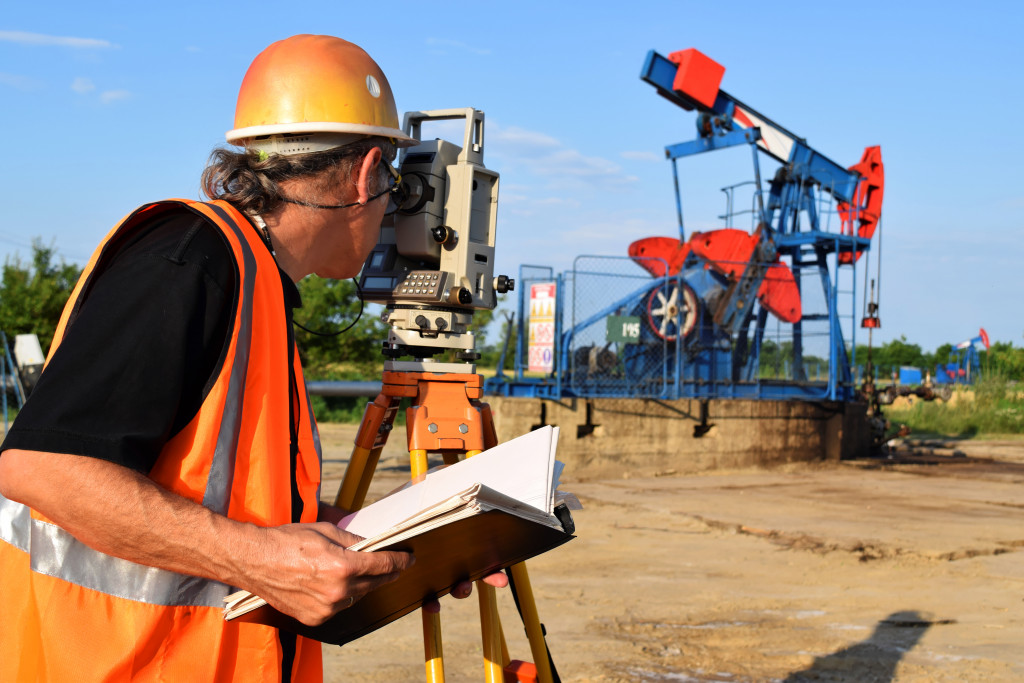Can you remember the construction projects you had in the 90s or earlier? While technology has already been around that time, it wasn’t as advanced as today. For one thing, it didn’t stop the various stages of the process from producing tons of waste that harmed the environment, the effects from which still felt today.
Nowadays, every industry is utilizing the Internet of Things (IoT), which brings digital connectivity to everything. In a construction site, the IoT allows for the use of sensors, cameras, equipment, telematics, and platforms that help integrate precision and digital control of devices and machinery. In turn, the construction process has become significantly faster.
And as a result, you can now build your dream home in a year or less. So if you’ve been planning to do just that, here are the technologies you need to know about that helped streamline the construction process:
Prefabrication Sped Up Construction With Fewer Laborers
Prefabrication isn’t anything new, but it has come a long way and is continuously gaining popularity. It’s the process that lets you have new kitchen cabinets without laborers making a mess in your home. Instead, they fabricate the materials in a separate site, and deliver the finished product to your home, ready for installation.
Offices, hospitals, hotels, and jails also benefit from prefabrication. That’s because structures with repetitive elements require a well-controlled environment, and are safer to build prior to assembly. Custom-cut plastic or metal sheets, for example, will consume too much time and produce tremendous waste if built on site. It may also pose safety hazards, so suppliers fabricate them in a plant instead, using a high-quality industrial die cutting machine to save on labor and time.
Overall, prefabrication supported projects with strict deadlines and tight budgets. So if you’re planning to renovate your home before selling it, turning to prefabrication contractors is the best solution.
Builders Can Now Track Their Progress and Inventory
Before digital technology, builders only tracked their progress by going onsite and manually inspecting everything. But now, they can do it on the palm on their hands. Not just their progress, but their equipment as well. This especially benefits builders with projects in remote areas, since those have unique needs and are prone to delays. With tracking apps, these projects will keep moving and maintain their efficiency.
Not all contractors use this technology yet, though. According to Tim Last, vice president, and general manager of Iridium, it isn’t exactly in the DNA of contractors and owners to adopt new solutions, but it is getting easier because people are getting accustomed to the amount of technology they use. Indeed, as technology becomes more prevalent, it’ll become cheaper and more marketable to construction professionals.
Building Information Modeling (BIM) Supplied Information More Accurately
Like prefabrication, BIM has also been around for years, but unlike before, it is now a standard, particularly in the UK. In fact, it is illegal there not to utilize BIM.
BIM software allows owners to see 3D mock-ups of their planned structures. Designers can incorporate the cost and time information on each 3D mock-up. They can also demonstrate the construction methods and other variables in the BIM software, enabling owners to compare costs of different techniques and materials.
In the next few years, BIM will just become more fascinating. The 3D mock-ups will evolve into 5D mock-ups, which you can view via Augmented Reality (AR) wearables.
Building Materials Are Now Future-proof

Before 1978, builders had never foreseen that lead paint will fall out of the standard. Now, with today’s technology, building materials are produced with quality and safety in mind. Some examples are aerogels, self-healing concrete, and nanomaterials. They are proven to reduce costs and lead time.
According to Maher Merehbi, CEO of Arabian Construction Company, innovations and improvements are dynamic in the construction industry and happen frequently. So expect to discover more innovative and future-proof building materials as you start with your dream home, office, or any other real estate project.
Virtual Reality and Augmented Reality Have Increased Workers’ Safety
Construction is one of the most hazardous industries. Chemical gases, sharp objects, and other health and safety hazards fill every construction site indeed. Hence, workers need to undergo thorough training before being exposed on the job. They usually study booklets or attend seminars to accumulate training hours.
But thanks to VR and AR, workers can now visualize what they are learning. They can now put themselves “onsite” and virtually experience hazardous equipment and environments. It allowed construction companies to foresee dangerous conditions and resolve them before exposing their workers to them. In addition, VR and AR also enabled owners to do virtual walkthroughs of a structure before it’s completed.
As technology continues to evolve, the construction industry will keep starting new trends, so stay updated with the news as you plan a project. In time, you can be as involved in the construction process as if you’re the project manager, or even the contractor yourself!

